COLOROFF
Pioneering
After taking part in one of her workshops, anyone, at their own place, can try using dyes obtained from dyeing plants. All they need is a big pot, a thermometer, and a device to measure pH, i.e. the acidity or basicity of the water-based solution.
Dyeing can also be performed without checking the temperature, which is, conversely, essential during dye extraction: “In every dyeing plant there are several dyeing molecules, so it is important to identify the best extraction conditions”, explains Sandra With madder, for instance, if the temperature is too high the colour changes considerably, turning from vivid red to brick red. Research and experimentation can improve the entire process.
In 2019, the world of dyeing plants is no longer a niche. Even industrial dyeing factories are moving towards natural dyes. They are doing so both because they know that consumers are now asking for environmentally-friendly products, and because certain dyes or fixing agents have now been banned by law”. ColorOff can offer these factories consultancy services, allowing them to better understand the processes involved in the use of natural fibres. In the laboratory, located on the ground floor of a house in the lovely historical centre of Ostra Vetere, Sandra never stops studying: “Not only are the recipes we use truly ancient, taken from medieval books, but everything they describe is not explained in detail. It is very important to develop new recipes or systems to fix colour at best”, she says. Sandra tried, for instance, to obtain a mordant – a substance that soaks the fibre, allowing the natural nuance to fix. This would make it possible to stop soaking the fabric with aluminium salts, which are currently the most widespread dyeing method.
Aluminium salts
A possible solution to this need is a phytopurifying plant. «ColorOff is not a dyeing factory, but a farm where dyes used to dye fabrics are produced. This should be clearly understood. Anyone wishing to open a “traditional” dyeing factory should only do so in an area specifically devoted to industrial activities”, underlines Sandra Quarantini.
